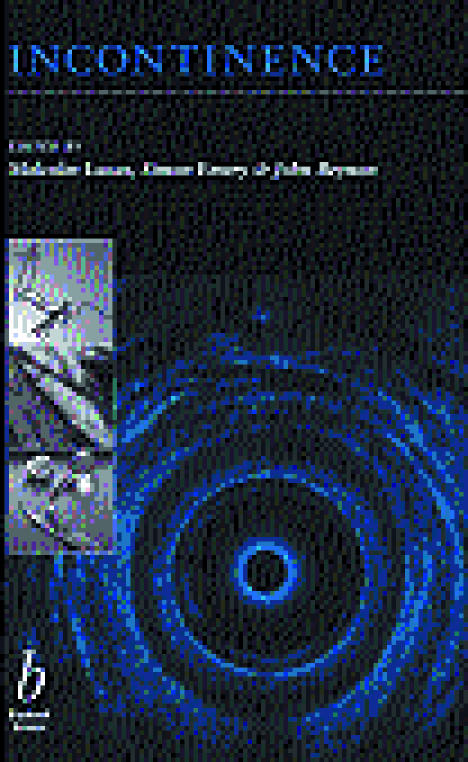Eds Malcolm Lucas, Simon Emery, John Beynon
Blackwell Science, £69.50, pp 384 
ISBN 0 632 05003 9
———————
Rating: ★★★★
The idea that there are boundary walls in the pelvis labelled “urology,” “gynaecology,” and “coloproctology” which surgeons must not cross is a view now losing ground, and this book, which covers urinary and faecal incontinence, supports the modern approach. This has been possible because the three editors are consultant surgeons at Swansea NHS Trust in urology, obstetrics and gynaecology, and colorectal surgery respectively and seem not to show even minor traits of territorial protectionism.
It is highly unlikely that any single person, however expert, could have the depth of knowledge that the assembled authors have amassed in this book. There will be something in this book for everyone concerned with the treatment of incontinence.
The main meat of the book is in the chapter written by the three surgeons describing their various operations for urinary and faecal incontinence. If ever I need to understand these operations I will turn to this text because they are so clearly described. But there is much more in this book than surgery. There is a chapter on non-surgical interventions—possibly a little uncritical in its enthusiasm but with excellent descriptions of what should be tried before surgery—and an extensive chapter on specialist investigations that is particularly valuable because it includes the authors' views. Their bold statement about the value of clinical neurophysiology—“sadly ... the benefits ... have been very disappointing”—is one that I fully endorse.
It was inspired to include a chapter on research techniques that describes just the principles of the methods without presenting results: written by experts, it covers a range of techniques and will be informative for anyone who attends meetings at which research papers are presented. If your main interest is clinical an explanation of intracellular recordings and autoradiography will be welcome, and presumably scientists will have a similar view about the clinical sections. The inclusion of a chapter on the economics of incontinence is also unusual, but this aspect of medicine is so important nowadays for justifying expenditure, be it on clinical service or research. The only aspect of this book that I did not like was a few examples of reproduction of others' figures, however modified, without acknowledgement.
After reviewing a book, I often pass it on, but I intend to keep this one—although that may be difficult when my colleagues find out how valuable it is.


